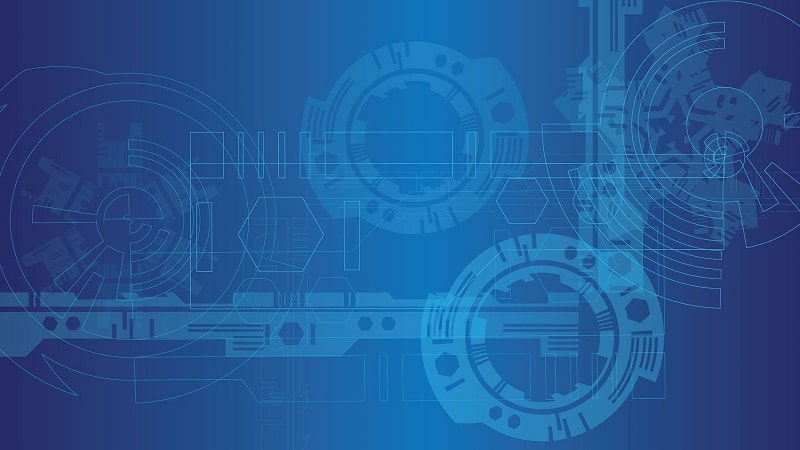
You can’t get much further afield than the International Space Station, where Red Hat helped to build systems that process data science locally rather than sending it back to Earth. This capability will become more important, notes John Dvorak, Red Hat’s chief architect for North American public sector, in a MeriTV interview.
“Imagine as we get further and further out this space. It’s going to be more and more impossible to … wait weeks for the analysis,” he observes. “You can do really incredible scientific experiments right in space where you collect the data, analyze that data, and then take what’s important and send it back to the investigators on the ground.”
Dvorak also envisions a future in which small drones might be used in metropolitan areas for law enforcement or delivering medicine and other packages; edge computing can help drones avoid hazardous downdrafts created by tall, clustered buildings.
“These drones don’t know what’s going on around them,” he points out. “But the buildings do. So having sensors around buildings and being able to do some kind of very real time analysis … These are perfect examples of edge use cases.”
Cybersecurity and data protection present unique challenges at the edge, particularly for the military, which must consider scenarios like a jet falling into enemy hands.
“We have to think about data protection a little differently because these systems generally aren’t in fortified locations with security guards,” Dvorak says. Such edge systems need reach back capability to the rest of the organization, advanced identity management capabilities, and sophisticated data encryption. In partnership with Zettaset, Red Hat is developing encryption solutions with near-zero impact on latency.
Dvorak offers other best practices for designing edge systems that will help agencies make the most of their investments. Systems should be built with commodity infrastructure, and they should be able to run different types of workloads.
For example, a military operation might first need a system to analyze flight telemetry information, and then the same location might require video surveillance analysis. “We should be able to push workloads … to these systems without having to have them drop ship a new system in potentially hostile territory,” says Dvorak.
The same infrastructure used in the data center can be used at the edge, just at a different scale, he advises. Red Hat has worked with the U.S. Navy to deploy reusable, commodity-based systems that are “like little mini data centers floating on ships,” Dvorak says.
“We don’t want to have to reprogram for specialized systems that just exist at the edge,” he says. adding, “We need these systems to be low maintenance. … We can’t call the IT guys to bring some new equipment. This has got to be stuff we can find on the ship or on the truck.”
For more insights from Dvorak, watch the full interview.
